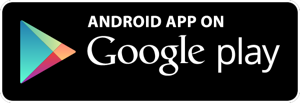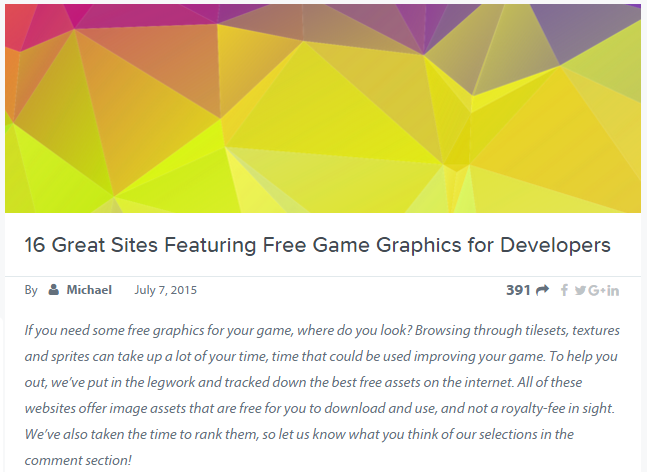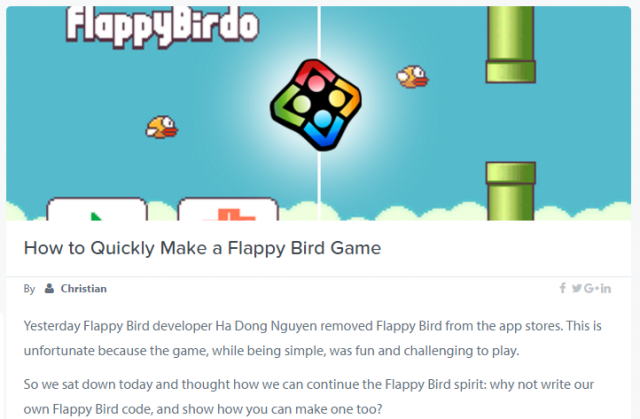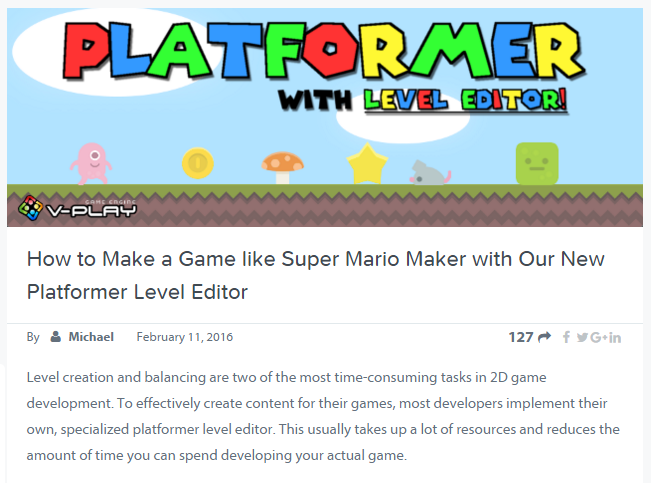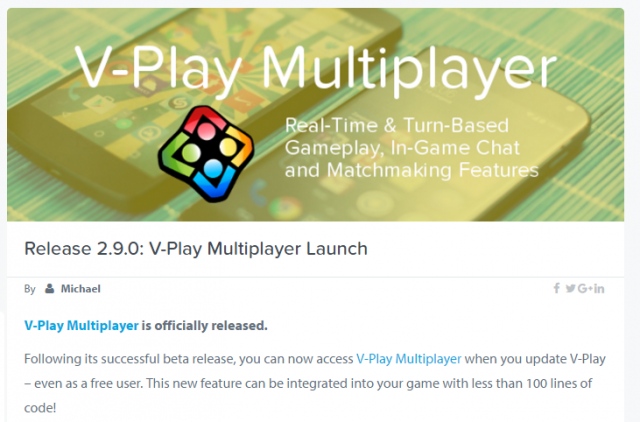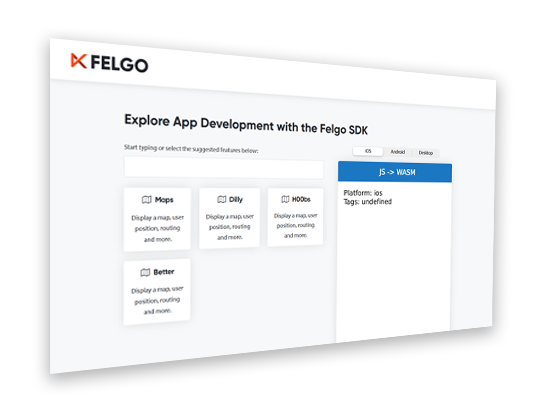According to statistics released by the Flurry team, developers of mobile card games may be sitting on gold mines.
Card games can be extremely lucrative. They have the highest retention rates of any game genre right now. And they’re also played at a higher frequency than any other mobile game genre.
So how do you get in on this action? With our open-source card game example of course! We’ve released our own card game and seen the results for ourselves. The cool thing is; we’ve made the full source code of this card game example available in Felgo!
You can use this open-source card game as the basis for your own game once you download Felgo. It’s completely free to use and you can change it in any way you like. You can even charge people money to play it!
Don’t like card games? Then you’ll be happy to hear that weather apps can be just as good. And we’ve got an open-source weather app example for that too. Read on to find out how you can enjoy the high retention and use-frequency rates of these two app and game genres.
The User Loyalty Matrix
Below is the user loyalty matrix for the top mobile app and game genres on iOS devices.
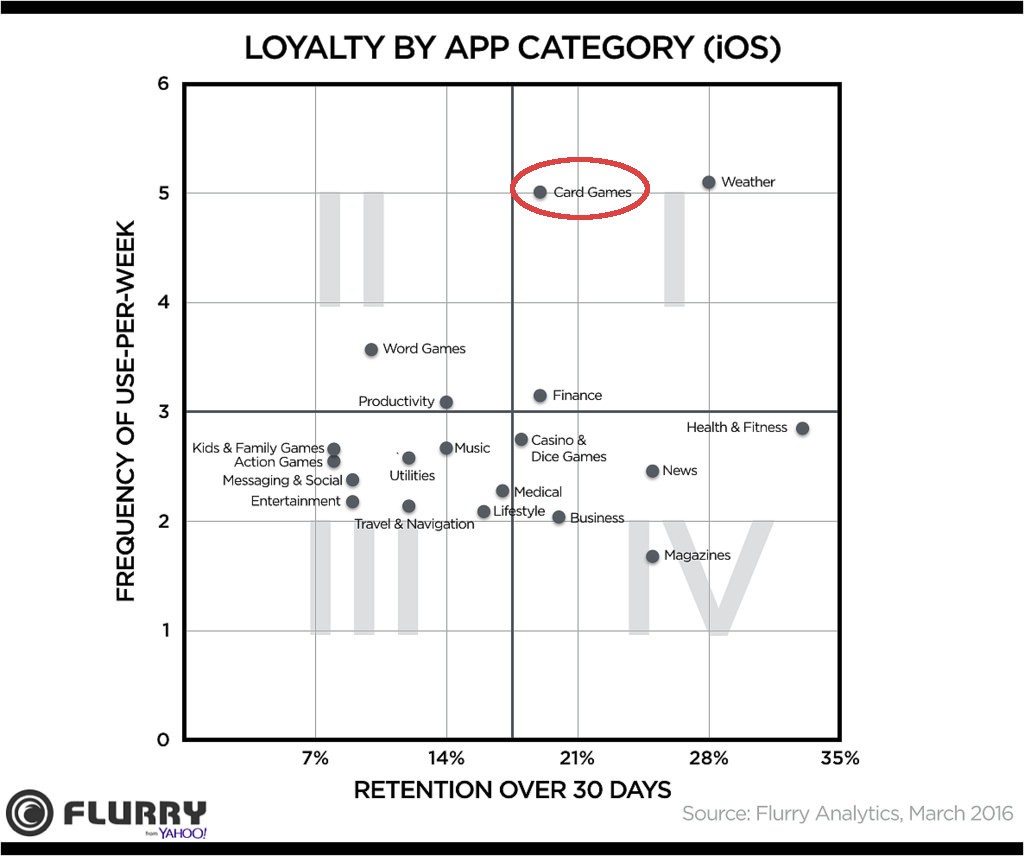
User Loyalty Matrix via Flurry
This matrix gives us three vital pieces of information about each app or game genre. Besides “Frequency of Use-Per-Week” and “Retention Over 30 Days”, the matrix is also split into 4 quadrants. Each quadrant represents what type of use each app or game genre receives.
Below, you can see a further breakdown of user loyalty according to game sub-category.
Gaming Sub-Category User Loyalty Chart via Flurry
As you can see for yourself, card games outperform every competitor when it comes to both retention and use-frequency. In fact, the use-frequency of card games is almost double that of arcade games. And when it comes to retention, card games blow away every genre besides Casino & Dice.
With such dedicated players, it’s easy to see why card games are the most lucrative game genre. Fortunately, Felgo includes a ready-made card game template for you to get in on the action right now!
Before that, let’s take a quick look at the 4 quadrants of app and game use. This will let you see how your current or expected app and game projects should work out.
The Different Forms of App & Game Usage
Daily Interaction from a Loyal User Base
Quadrant I includes apps & games that have high retention rates and almost daily use. Weather apps fall into this quadrant. This is because users like to check weather apps daily for upcoming forecasts. Unless a forecast is terribly wrong, they’re unlikely to change their weather app. You can see more about our weather app template here.
Card games fall into this category as well. This is because card games are social games that people play with their friends. People want to play a game they know with people they know. This means they often return to the same card game for long periods of time.
High Interaction after Installation but Poor User Loyalty
Quadrant II includes apps & games that people use a lot after a first installation, but then see a decrease in loyalty over time. Apps & games in this quadrant lack an everyday use or the social features.
In this category you will find productivity apps, word games, sports games and puzzles.

Installed, Used and Discarded – No User Loyalty
Quadrant III includes apps that have high churn and infrequent use. People install these apps for a certain purpose and then delete them later on. Travel apps fall into this category on both platforms.
An example of this quadrant are city guide apps that people download before trips to new places. Once they return home and the app has no purpose, it gets deleted.
Low Interaction Levels but Loyal User Base
Quadrant IV includes apps that have a low frequency of use, but a loyal user base. These apps include reader apps for magazines and newspapers. While a user may not check them every day, they’re unlikely to switch the newspaper they read.
This leads to loyal users over years with regular, but not everyday use.
Make a Card Game with Our Open-Source Example
So you’re ready to get in on the gold rush? Read on to find out how you can launch your own highly lucrative card game today.
One Card! – Mobile Card Game Example
One Card! is a 4-player card game you can play against real opponents or as a single player. The game was first released to showcase Felgo’s Multiplayer component, and it’s proven to be a big success in its own right. With little-to-no marketing, the game has gained over 200,000 players. Since its release, we’ve noticed strong user retention and high-frequency metrics within the game, exactly as Flurry described.
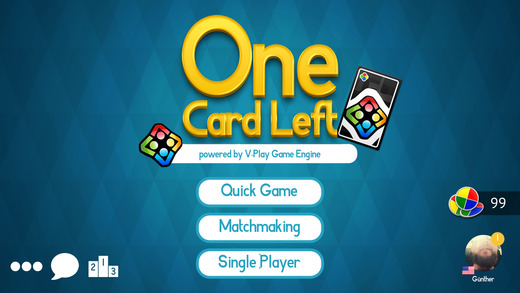
Felgo Multiplayer adds leaderboards for high scores, a social system for adding friends, in-game chat, a messaging service and intelligent matchmaking service for creating or joining games.
It’s the combination of social features like in-game chat and the friend system with advanced matchmaking options that keep players coming back. The social features keep players interested because it’s an easy way for them to play with their friends. And the advanced matchmaking features mean that even when their friends aren’t around, they’ll still have real players to play against.
In fact, the matchmaking features of the Felgo Multiplayer component allow players to join a game at any time. Players can create a game and invite their friends to join in via Push Notification. And they in turn can join games that they’ve been invited to – even when the game has already begun. Felgo Multiplayer supports this late-join feature and it is one of the success drivers in the Once Card game.
One Card! Also features global leaderboards and friend leaderboards so players can keep track of their achievements and progress in the game. These features can be added to any Felgo game in just a few minutes thanks to the Felgo Game Network component.
You can watch a short trailer for the game and its multiplayer features here:
You can access and change this open-source game example in any way you like, once you download Felgo.
Felgo is a free cross-platform development tool that has been ranked above Unity, Corona and many more for ease of use, time savings and customer satisfaction. Sign-up is free and includes access to our entire range of open-source app and game examples. We have example apps and games for side-scrollers, platformers, map apps, messaging apps and more. You can see all the app & game examples in our online documentation!
Once you download the SDK, there are a few different ways to access the card game example. First, you can select it from the examples view in Qt Creator. You can also find it in the Felgo Sample Launcher or you can launch it from your installation directory. You can learn how to do that here!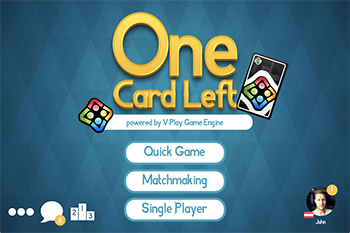
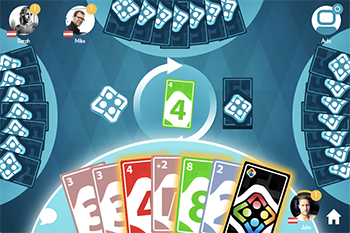
Download Free One Card! Source Code
Enter the highly lucrative mobile card game genre today and start building your loyal user base now!
Of course, if you want to try One Card! before you download Felgo, you can find it in the App Store and Google Play.
Tell Your Friends!
Don’t keep this secret to yourself, tell your friends. You can like this article on Facebook using the button on the left. For more articles like this, sign-up for Felgo and you’ll get it in your inbox when it is released. It has information on a range of topics from user acquisition to free tools for making pixel art, plus news on all the latest Felgo updates and features.
Hope you liked the article, make sure to check back soon for more informative posts on mobile app and game development!
More Posts Like This
16 Sites Featuring Free Game Graphics for Game Developers
How to Quickly Make a Flappy Bird Game
How to Make a Game like Super Mario Maker with Our New Platformer Level Editor


